Oil on canvas, portrait of a gentleman, relined, original carved wooden frame.
Increasingly popular in the second half of the 17th century, kimono-style dressing gowns made of cotton canvas, known in France as "indiennes" (indian prints), were called "indiennes" in reference to the origin of their fabrics, which were painted and dyed in India and brought back by the East India Companies. These dressing gowns were made exclusively for the most elegant gentlemen.
The Indian-print dressing gown was mentioned in Molière's play *Le Bourgeois Gentilhomme*; dressed in such a garment, the protagonist proudly exclaims,
"I had this Indian-print one made for myself."
In the 18th century, it became quite common for aristocrats to pose for an artist in their dressing gowns. These portraits convey a range of feelings: ease, comfort, but also power and majesty. Being depicted thus attired required a certain freedom of spirit and great self-confidence.
From 1660 onwards, Europe became enthralled by Indian textiles. Their use in furnishings and clothing became widespread among the wealthy, and "Indian" fabrics accounted for up to three-quarters of all goods imported from India. The reason for their success lay primarily in the raw material from which they were made: cotton, until then virtually unknown in Europe. Its fineness, lightness, ease of washing, hygienic qualities, low price, and vibrant floral patterns ensured its triumph. The Provençal market remained the most important, with the Provençal people making extensive use of these textiles.
The second reason for the success of "Indian" fabrics lay in the use of painting and, above all, printing techniques on fabric, the principles of which had been unknown to Europe until then. Exquisitely exotic, they were dyed with two dominant colors: red, derived from madder root, and blue, extracted from indigo.
Attentive to textile matters, Colbert took an interest in the efforts of his predecessors during the reign of Henry IV to develop silk production. In 1664, he created the French East India Company, which greatly boosted the popularity of printed cotton fabrics in France. The upper middle class eagerly sought these textiles, and Madame de Sévigné popularized them at the court of Louis XIV. As early as 1672, with Colbert's support, a colony of Armenian merchants and technicians, whose expertise had been recognized for centuries, was brought to Marseille. This marked the beginning of European printing. Soon, England (c. 1670) and the Netherlands (1678) established their first factories. In France, however, this boom was quickly halted.
The protests of silk and wool merchants intensified from 1681 onwards when several Lyon workshops were forced to close.
But the situation became more critical with the revocation of the Edict of Nantes in 1685, which triggered a flight of money and expertise from the kingdom.
To combat the emerging economic crisis, in October 1686 the royal authorities ordered a ban on the import, manufacture, and use of printed or painted fabrics.
The aim was to put an end to the vogue for printed cottons and to protect the major French textile industries of linen, silk, and wool—well-established and highly export-oriented sectors.
The prohibition was not lifted until 1759, 74 years later! The French East India Company was authorized to continue its trade in white cotton within the kingdom. It was allowed to continue trading in colored and printed cottons only on the condition that it re-export them from France. It was the African market that provided its outlet.
A large number of textile printers then retreated to Avignon, a papal possession unaffected by the edict. Tuscany was also a welcoming land.
Our portrait probably depicts a young Tuscan, as evidenced by the red fleur-de-lis (symbol of the city of Florence) on his fabrics.
The ochre-striped fabric, similar to the color of the Tuscan soil, is reminiscent of the fabric of the sleeves of Marie de Medici's dress in several of her portraits of young women.
What is also remarkable about the portrait is the lacework, which is probably Alençon lace.
The Alençon lace industry experienced increasing popularity from its creation in the 17th century, becoming the most expensive lace in the 18th century, until its decline at the beginning of the 20th century due to competition from machine-made lace. It was in the 1660s that Marthe La Perrière invented the "Alençon point," which earned the city's production the nickname "Queen of Lace." This name stems from the beauty of the patterns created with a needle through a network of looped stitches, fancy stitches, and raised details.
In 1665, Colbert established a royal privileged manufactory to perpetuate this exceptional production.
A remarkable painting for lovers of antique fabrics.






















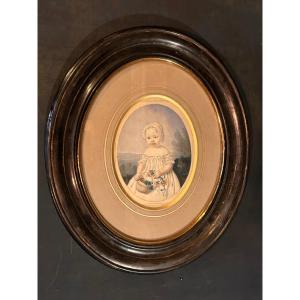
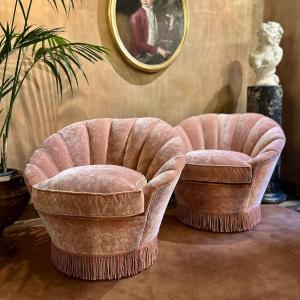
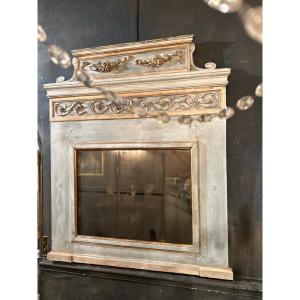



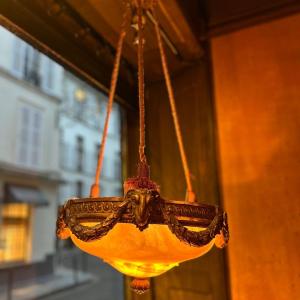
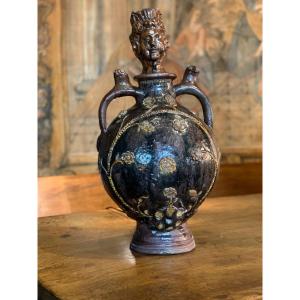

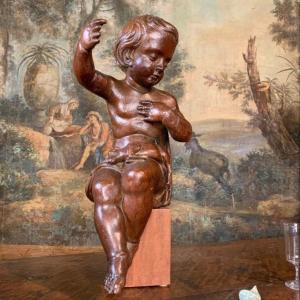



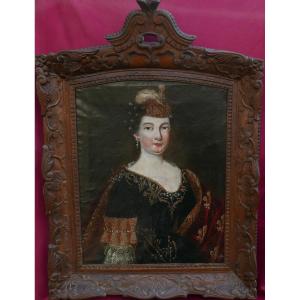
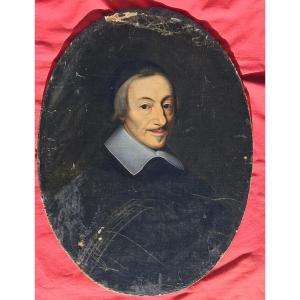

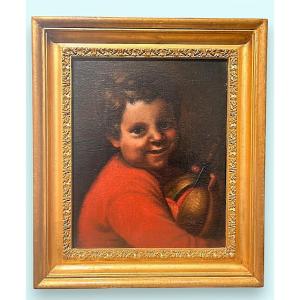



 Le Magazine de PROANTIC
Le Magazine de PROANTIC TRÉSORS Magazine
TRÉSORS Magazine Rivista Artiquariato
Rivista Artiquariato